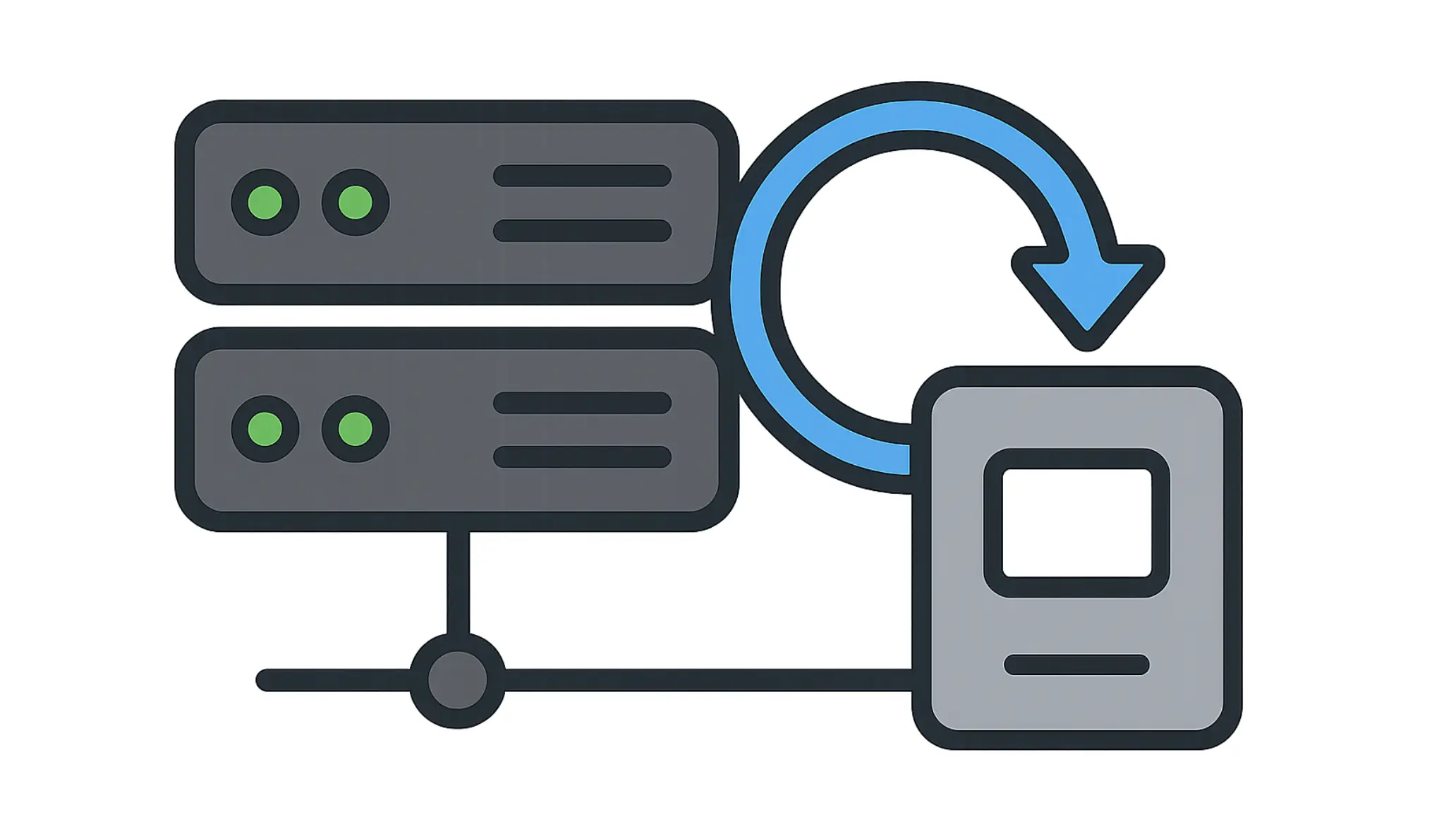What is Caching?
Caching is a fundamental technique used in computer systems to store frequently accessed data in a location that allows for faster retrieval. By keeping copies of data closer to the point of use, caching can significantly improve performance and reduce latency. This article explores various aspects of caching, including its importance, types, strategies, and challenges.
Key terminology and concepts
-
Cache: A cache is a hardware or software component that stores data so that future requests for that data can be served faster. Caches are typically smaller and faster than the original data source.
-
Cache Hit: A cache hit occurs when the requested data is found in the cache, allowing for faster retrieval.
-
Cache Miss: A cache miss occurs when the requested data is not found in the cache, necessitating a fetch from the original data source.
-
Eviction: Eviction is the process of removing data from the cache to make room for new data. This is often governed by a cache replacement policy.
-
Invalidation: Invalidation is the process of marking cached data as stale or outdated, often due to changes in the original data source.
-
TTL (Time to Live): TTL is a mechanism that defines how long cached data is considered valid. After the TTL expires, the data is either refreshed or removed from the cache.
-
Staleness: Staleness refers to the state of cached data that is outdated or no longer valid compared to the original data source.
Importance of Caching
Caching is crucial for enhancing the performance of applications and systems. Here are some key reasons why caching is important:
-
Improved Performance: Caching reduces the time it takes to access data by storing it in a location that is faster to reach than the original source. This is especially beneficial for read-heavy workloads.
-
Reduced Latency: By serving data from a cache, applications can respond to user requests more quickly, leading to a better user experience.
-
Decreased Load on Backend Systems: Caching can offload demand from databases and other backend services, allowing them to operate more efficiently and handle more requests.
-
Cost Efficiency: By reducing the need for expensive database queries or API calls, caching can lower operational costs, especially in cloud environments where resources are billed based on usage.
-
Scalability: Caching strategies can help applications scale more easily by distributing the load across multiple cache nodes, reducing the strain on a single source of truth.
In summary, caching is a vital technique for optimizing system performance, improving user experience, and reducing operational costs.
Types of Caches
-
Memory Cache: This type of cache stores data in the main memory (RAM) for fast access. Examples include in-memory databases like Redis and Memcached.
-
Disk Cache: Disk caches store data on disk drives (HDD or SSD) to reduce access times for frequently read data. This is common in web browsers and content delivery networks (CDNs).
Do You Know?
Memory caches are typically faster than disk caches by several orders of magnitude, but they are also more expensive and have limited capacity compared to disk-based caches.
-
CPU Cache: Modern CPUs have multiple levels of cache (L1, L2, L3) to speed up access to frequently used data and instructions.
-
Database Cache: Database systems often implement caching mechanisms to store query results, reducing the need to access the underlying data store for frequently requested information.
-
Application Cache: This type of cache is implemented at the application level, storing data that is expensive to compute or retrieve, such as API responses or rendered HTML pages.
-
Distributed Cache: In a distributed system, a distributed cache can be used to share cached data across multiple nodes, improving access times and reducing load on individual servers.
The type of cache used depends on the specific requirements of the application, including factors like data size, access patterns, and performance needs.
Let’s head over to the next subpost where we will discuss various caching strategies in detail.


 Redis
Redis Memcached
Memcached